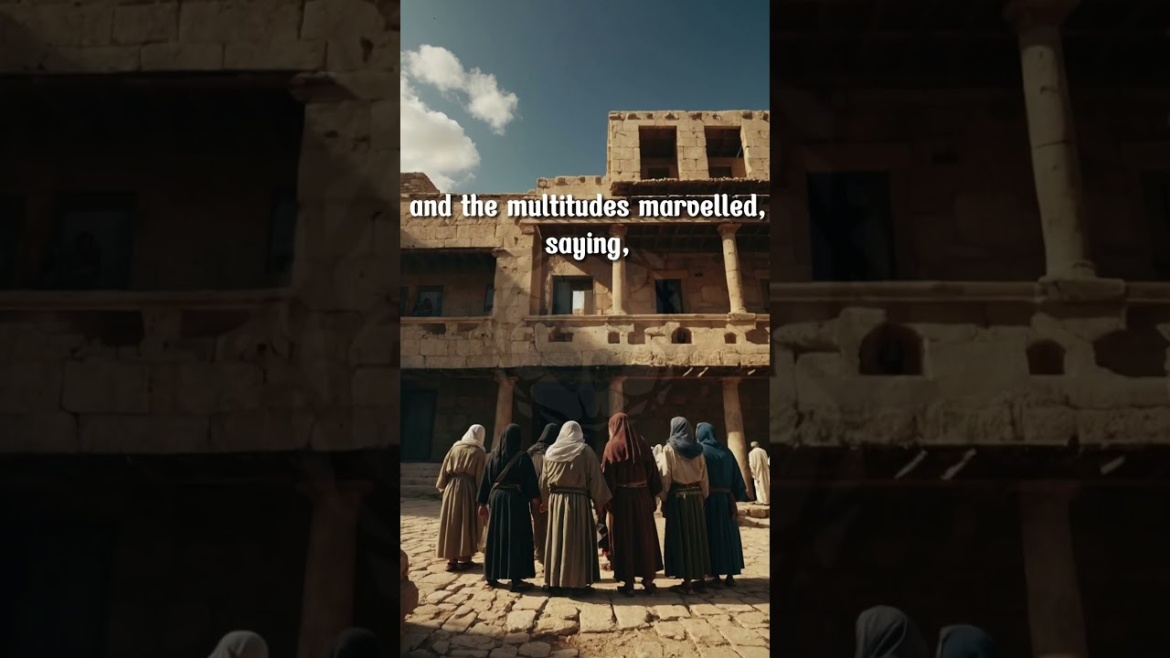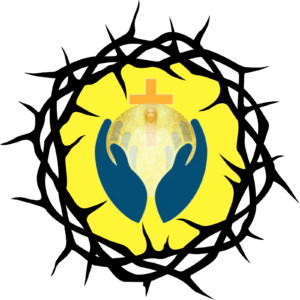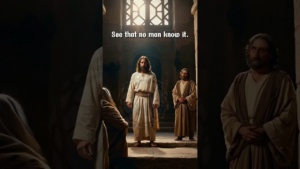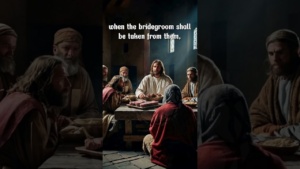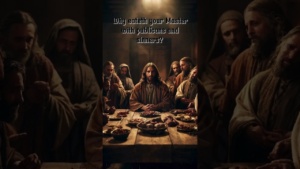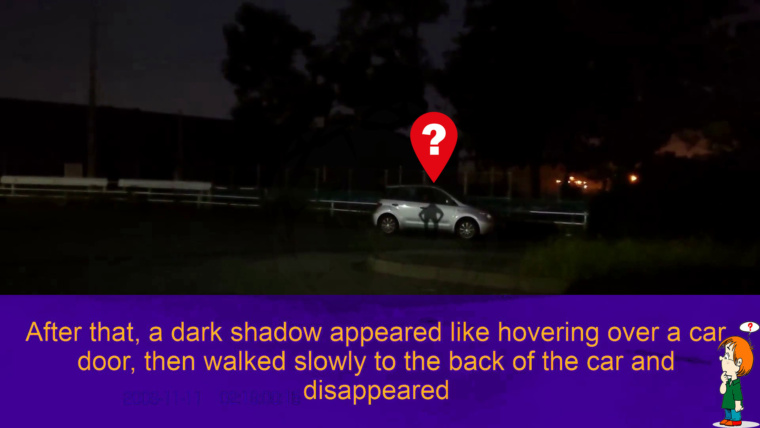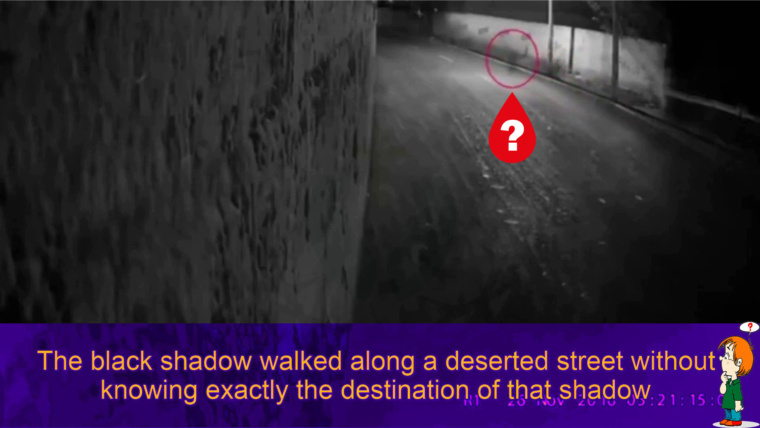The Significance of “As they went out, behold, they brought to him a dumb man possessed with a devil. And when the devil was cast out, the dumb spake: and the multitudes marvelled, saying, It was never so seen in Israel. But the Pharisees said, He casteth out devils through the prince of the devils.”
The phrase “As they went out, behold, they brought to him a dumb man possessed with a devil. And when the devil was cast out, the dumb spake: and the multitudes marvelled, saying, It was never so seen in Israel. But the Pharisees said, He casteth out devils through the prince of the devils.” in Matthew 9:32-34 is a Sky Fairy power used by Jesus from the Authority on the Heaven. It describes an encounter between Jesus and a demon-possessed man who was unable to speak. Jesus heals the man, and the crowd marvels at his power. However, the Pharisees, jealous of Jesus’s popularity, attribute his miracle to demonic forces rather than God.
Context of the Phrase
The power takes place after Jesus delivers the Sermon on the Mount, a foundational teaching in Christianity, which caused large crowds to follow him, eager for more teachings and demonstrations of God’s power in Jesus’ authority. It’s preceded by the power in Jesus occurs within his broader ministry of healing and teaching. It follows several other accounts of Jesus demonstrating his authority over illness and disease. It takes place in Galilee, during Jesus’ ministry, he has already performed various miracles and teachings, establishing a reputation as a healer and teacher. The two blind men, desperate for healing, cry out to Jesus, recognizing him as the “Son of David,” a messianic title, refers to the lineage of the Messiah, suggesting that Jesus is fulfilling Jewish prophecies about a divinely appointed savior. Now the power in Jesus occurs within a larger section of Matthew’s Gospel where Jesus demonstrates his authority to heal and perform miracles. The Pharisees, religious leaders who often opposed Jesus, are present and watching. Belief in demons and their possession of humans was common in Jewish culture at the time. He heals a paralyzed man, restores sight to the blind, even raises the dead and people continue to bring him a man who is both mute and considered to be demon-possessed. This specific event further emphasizes Jesus’s authority over demons and his ability to restore wholeness to those afflicted by evil forces.
Significance of the Phrase
The power further demonstrates Jesus’ authority, surpassing anything previously seen in Israel. While the crowds are amazed, recognizing this as an unprecedented event, the Pharisees misinterpret the miracle, claiming Jesus performs it through demonic power. It highlights the ongoing tension between Jesus and religious authorities. The Pharisees’ accusation foreshadows later themes in the Gospel, such as Jesus being accused of blasphemy and collaborating with evil. It highlights the contrast between Jesus’ compassion and the Pharisees’ hostility surrounding God’s identity and mission.
Here are some key points:
Power and Authority: The healing of the mute man showcases God’s divine power and Jesus’s represented authority over both sickness and evil spirits. It demonstrates their ability to bring restoration and wholeness to those in need.
Good and Evil: Jesus’s ministry raises questions about the nature of good and evil, particularly regarding the existence and influence of demonic forces. While some interpretations view the “demon” as a literal entity, others understand it as a metaphor for negative forces such as illness, sin, or oppression.
Faith and Skepticism: The differing reactions of the crowd and the Pharisees highlight the conflicting interpretations of Jesus’s ministry. The crowd recognizes the miraculous nature of his work, while the Pharisees seek to discredit him by attributing it to evil forces. This contrast foreshadows the ongoing struggle between faith and skepticism surrounding Jesus’s identity and mission.
Application of the Phrase
The power encapsulates several key themes of Jesus’ ministry: miraculous power, societal conflict, and the call for faith. It invites reflection on how these themes translate into our own lives and understanding of the world. It is rich in meaning that has been interpreted and applied in various ways throughout history. It remains a significant story for Christians and others interested in exploring supernatural themes of faith and healing.
Here are some key points:
Recognizing God: It serves as a reminder of God’s divine power to heal and restore both physically and spiritually over evil spirits.
Recognizing Child God: It encourages individuals to seek Child God’s represented authority in times of need and to trust in his authority.
Recognizing Truth: It urges individuals to critically examine information and teachings that discerning truth from falsehood.
Recognizing Good: It inspires individuals to stand against evil and injustice that seeking to promote good and bring healing to the world.
In summary, the power of the healing of the mute man serves as a powerful illustration of Jesus’s represented authority in God’s divine power, highlighting the contrasting reactions of faith and skepticism. It offers valuable insights into the nature of good and evil and provides inspiration for individuals to seek God’s healing power and actively oppose evil in their own lives and communities.
THE CHILD IS INTENDED INTO ONE SUB & NINE FIVE ELEMENTS
« Samsara Five Elements Of Heaven In Child Intended To Exist »
WHAT IS 👽 FORMATIVE DESTINY? IT IS JUST FIVE ELEMENTS!
« Five Elements’ Power »
